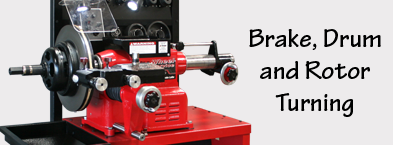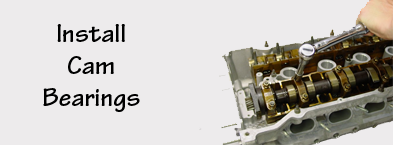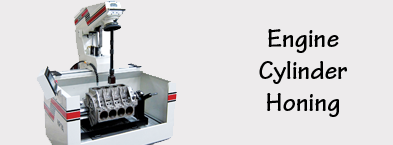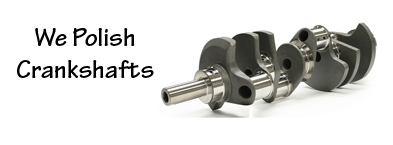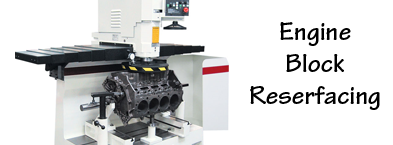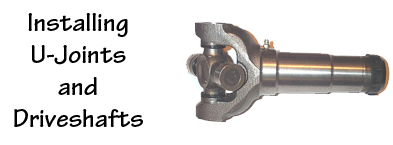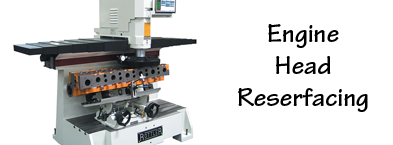

There comes a time in the life of every flywheel when it needs to be resurfaced. That time is usually when the clutch is replaced. Normal clutch operation generates a lot of friction and heat. The mass of the flywheel absorbs and dissipates the heat. If the clutch is starting to slip, even more heat is generated. The added thermal stress can cause heat cracks, warpage and the formation of hard spots in the surface of the flywheel.
When the old clutch is removed, the flywheel should always be carefully inspected to determine its condition. This includes measuring the flatness of the flywheel with a straightedge and feeler gauge, and inspect the surface for cracks, grooving or hard spots (discolored areas that are slightly raised above the surrounding surface).
Some specifications allow a maximum runout of up to .0005 inch per inch of flywheel diameter. But according to some experts, more than .002 inches of runout on a typical passenger car flywheel may cause chatter and vibration problems. More than .005 inches of runout increases the risk of severe vibrations that may cause the clutch to fail. Flatter is always better.
Of course, if the surface of the flywheel is flat and free from defects, there is no need to resurface it. But if it is not in like-new condition, the flywheel should be resurfaced before the new clutch is installed.
If a worn flywheel is not resurfaced, the replacement clutch won't last. Most clutch suppliers will not honor such a warranty claim if the flywheel was not resurfaced (or was resurfaced incorrectly) when the clutch was installed. Installing a new clutch disc on a worn or warped surface is asking for trouble, yet all too often the flywheel is not resurfaced to save time or money.
If a flywheel is found to be damaged (cracks that are more than surface deep, or cracks around the crankshaft bolt holes), replacement is required. A cracked flywheel can explode with tremendous force, so under no circumstances should you take a chance on a flywheel that is questionable.
On many flywheels, the starter ring gear is a separate component that is pressed on and can be replaced if any of the teeth are damaged. If the teeth are part of the flywheel itself and are damaged, a new flywheel should be installed to eliminate any possible cranking problems.
If a flywheel needs to be resurfaced or replaced, its index position with respect to the crankshaft should be clearly marked prior to removal to maintain proper engine balance. This step is critical with engines that are "externally" balanced (those that don't have large flywheel counterweights and rely on the balance of the flywheel to minimize vibrations).
